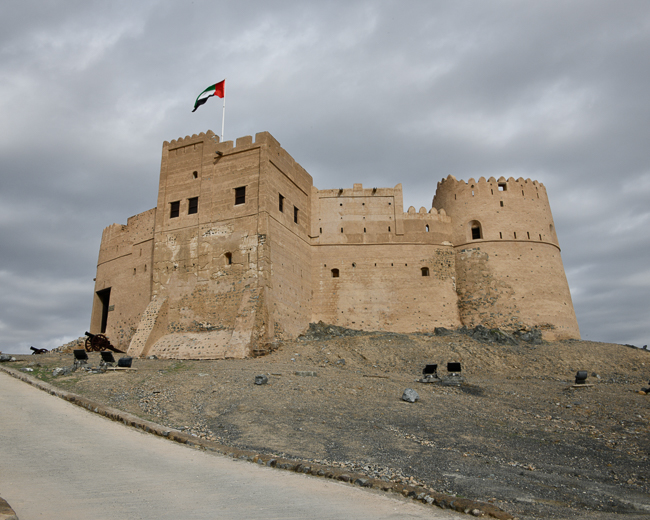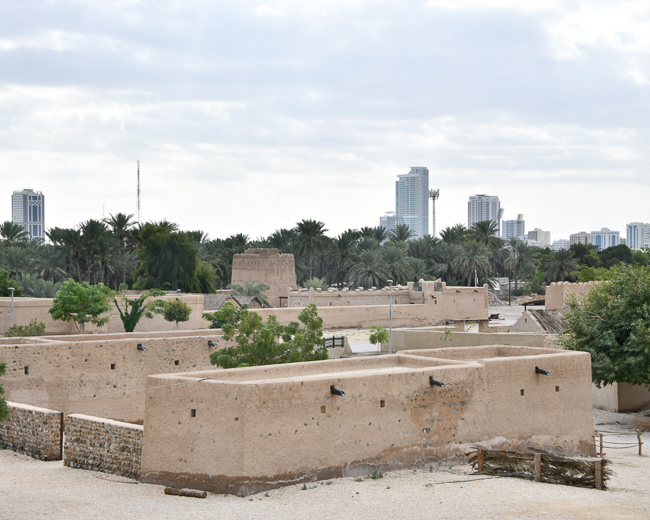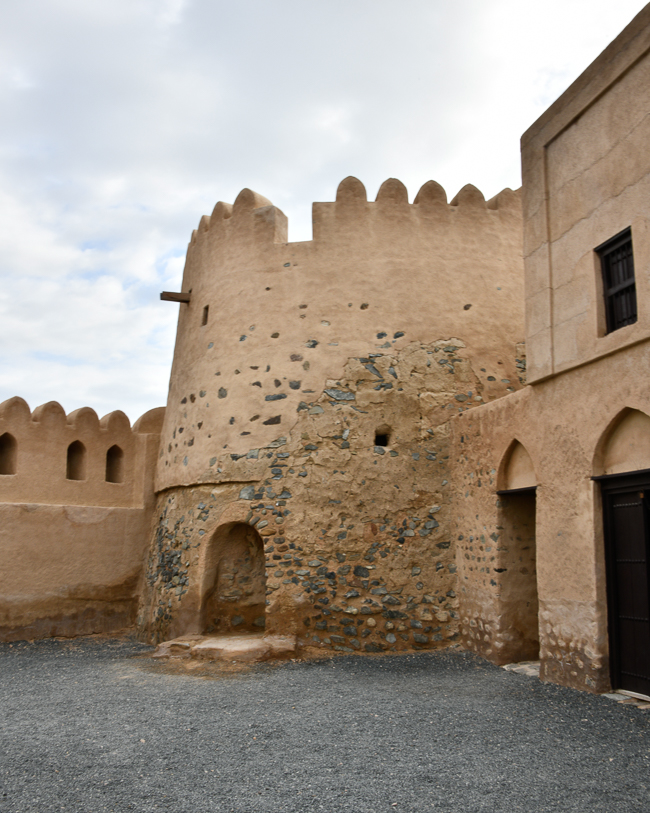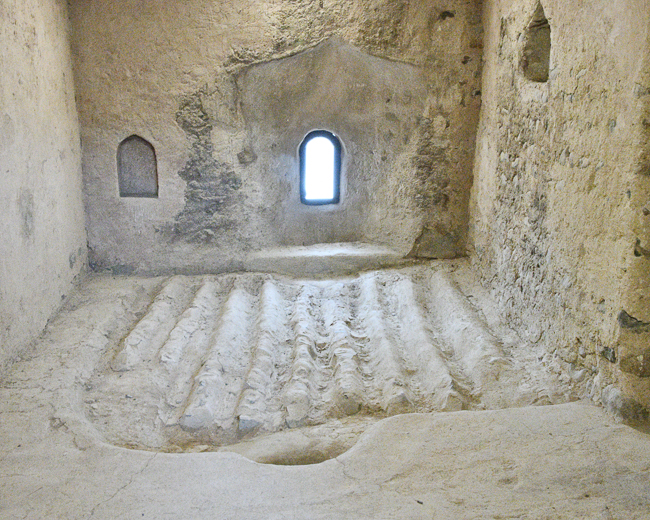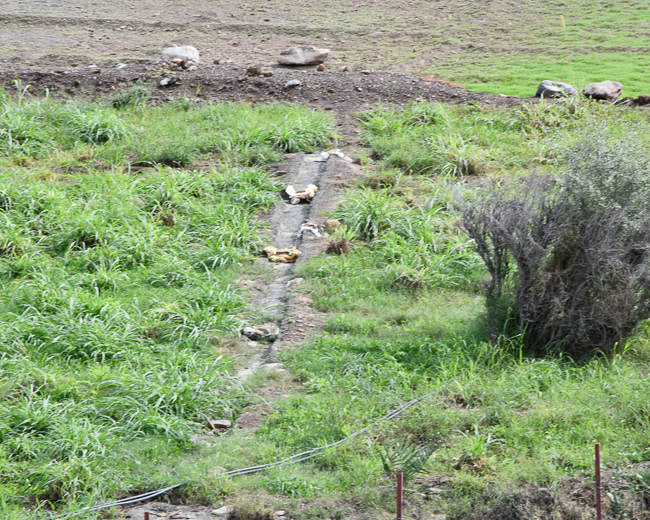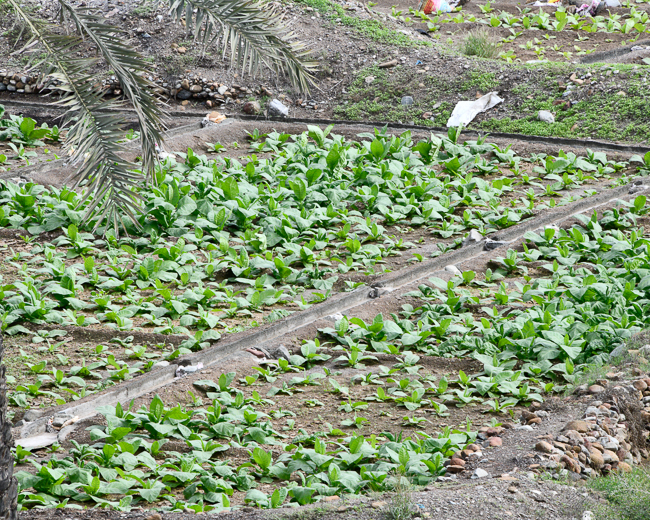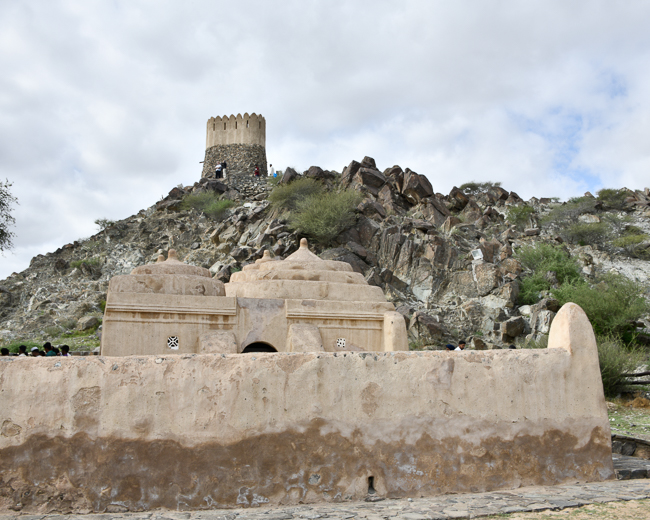December 2023
This was finally a day of history.
Fujairah is in the easternmost part of the UAE; the geography is one of craggy mountains often covered in greenery, interspersed with date palm-tree-filled oases. Fujairah received its highest rainfall in 27 years in July of 2022, causing flooding in many areas.
This area is replete with forts. Their role was to protect the Wadi’s, which were major trading routes.
Fujairah Fort
Fujairah is one of UAE’s largest and oldest forts; this 16th-century structure sits looming over the Fujairah Heritage Village. The fort was constructed using rock, gravel, and mortar, supported by mangrove poles and a roof made of palm fronds.
Carbon dating of the foundation structure indicates that the fort was built between 1500 and 1550 CE and rebuilt sometime between 1650 and 1700 CE. It is noted for playing significant roles in fighting back the wave of colonialism.
In 1925, the British navy destroyed three of the fort’s towers, which led to its abandonment. It remained untouched until 1998 when the emirate’s antiquities authority began a two-year restoration.
People have been making date syrup for thousands of years. Ancient cuneiform scripts from Mesopotamia in the period of about 3400 – 600 BCE refer to the syrup as the most important sweetener of the time. In the fort stacks of dates were placed above these ridges and the heat and the weight would push the syrup out and it would ooze into the hole at the front of the photo. The syrup was also used in fighting, it would be brought to a boil and then poured down upon the enemy.
Al Bithna Fort
Bithnah Fort is a traditional two-story rock, coral, and mudbrick fortification located in the Wadi Ham. Wadi Ham links the East Coast port of Fujairah to the inland town of Masafi, which stands as one of the three great trade routes. The others are the Wadi Jizzi and the Wadi Hatta.
The Bithnah Fort was allowed to fall into ruin and was restored in 1974. It was allowed once again to fall into a state of decay. It was restored fully in 2008–2012
The farms around Bithnah utilize an ancient system of water called aflaj. A type of irrigation system over 5000 years old.
Aflaj consists of three main parts; umm al falaj, the access shafts, and the tunnel. Umm al falaj, which means ‘the mother well’, is where the main source of water is located. Then comes the tunnel, which carries the water from the mother well to its destination. The length of the tunnel depends on the type of terrain where the aflaj runs, the amount of water in the mother well, and how far is the final water destination.
Access shafts are built every 66 feet down into the tunnel to help with ventilation and removal of debris.
The rationing of the water has a very hierarchical system to ensure no one is using more than their share.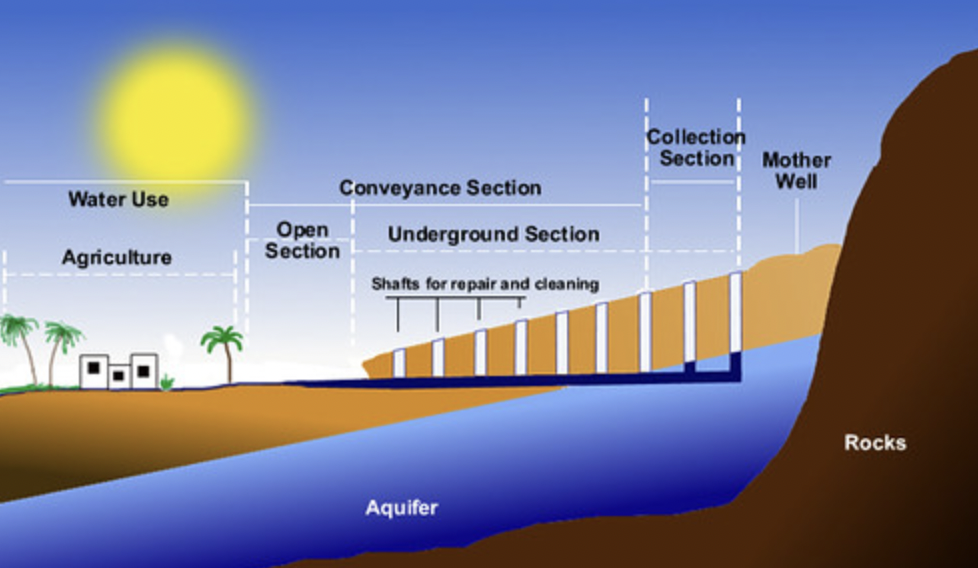
Al Bidya Mosque
Sadly the mosque was closed on our visit so the most we could do was look into the courtyard. The mosque’s date of construction is uncertain and because the building has no wood, radiocarbon dating isn’t possible. It is thought to date to the 15th century.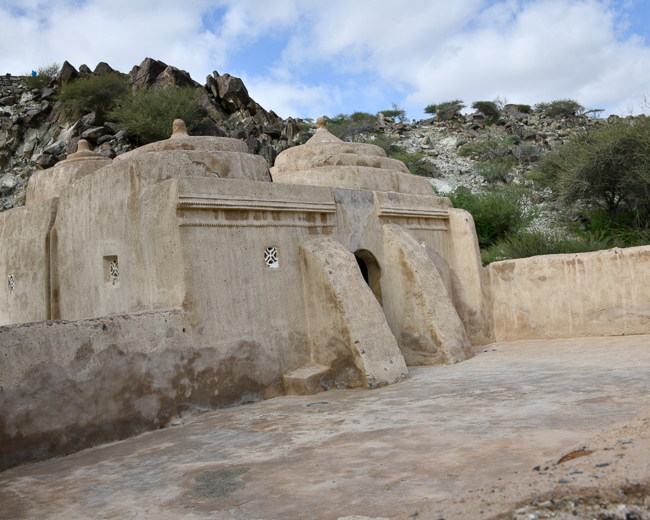
The sturcture is only 570 square feet and was built primarily from local stones of various sizes and mud bricks coated in many layers of whitewashed plaster. The roof has four squats and helical domes that are supported by only one centrally placed pillar that also forms the ceiling. The entrance to the mosque is through double-winged wooden doors.
This country of the UAE was truly lovely. Yes, it had its big growing cities, although there is no oil, but it also has maintained many of its historical buildings.
